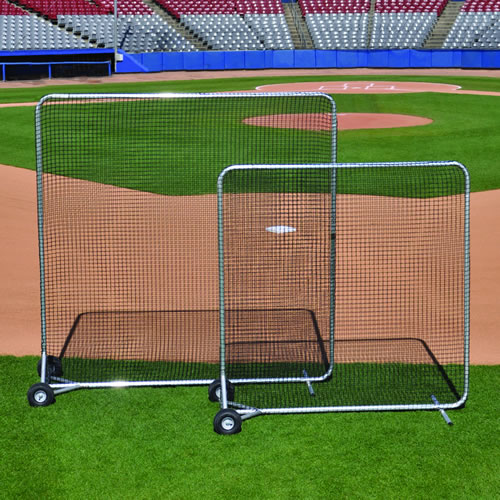
One of America’s favourite and most beloved pastimes is the game of baseball. Invented in historic Cooperstown, New York during the mid-1800s, the game has evolved and is enjoyed by millions who both watch and play the game across Canada, the United States and the Caribbean.
In the world of 100 MPH fastballs and the bats to match, player safety is of obvious concern, particularly during recreational play and practice. Once solely reserved for those playing in the “big leagues,” today’s baseball organizations are becoming increasingly aware of player safety and are quickly outfitting ball diamonds with the proper equipment to protect players of all ages.
While batters are required to wear helmets, those standing on the pitching mound, infield or outfield are often left relatively unprotected. While during game play, the eyes of players are concentrated on the ball, during organized practice, there are often numerous activities taking place.
While the infield could be involved in ground ball drills, the outfield could be working on fielding pop-flies – with neither group paying much attention to the other.
To mitigate the risk involved, we carry a number of different baseball practice screens to keep players safe on all areas of the field. Here are some of the most popular types and their functions.
Pitcher’s Screens
Perhaps the most common type of baseball practice screens, these screens are set up in front of the pitcher to protect him or her from line-drives. Designed in a “L” shape, they allow the pitcher or pitching machine to still deliver the pitch but give them something to get behind should the ball come screaming right toward them.
Fielding Screens
These screens are very versatile and can serve a number of different purposes. Designed initially to protect fielding position players during infield batting practice, they can also be used to protect other equipment on the field or even on-field spectators, coaches and other staff.
These screens are available in either a single-panel design, equipped with wheels for easy mobility or can be ordered with “winged” panels for a larger area of protection.
.png)

